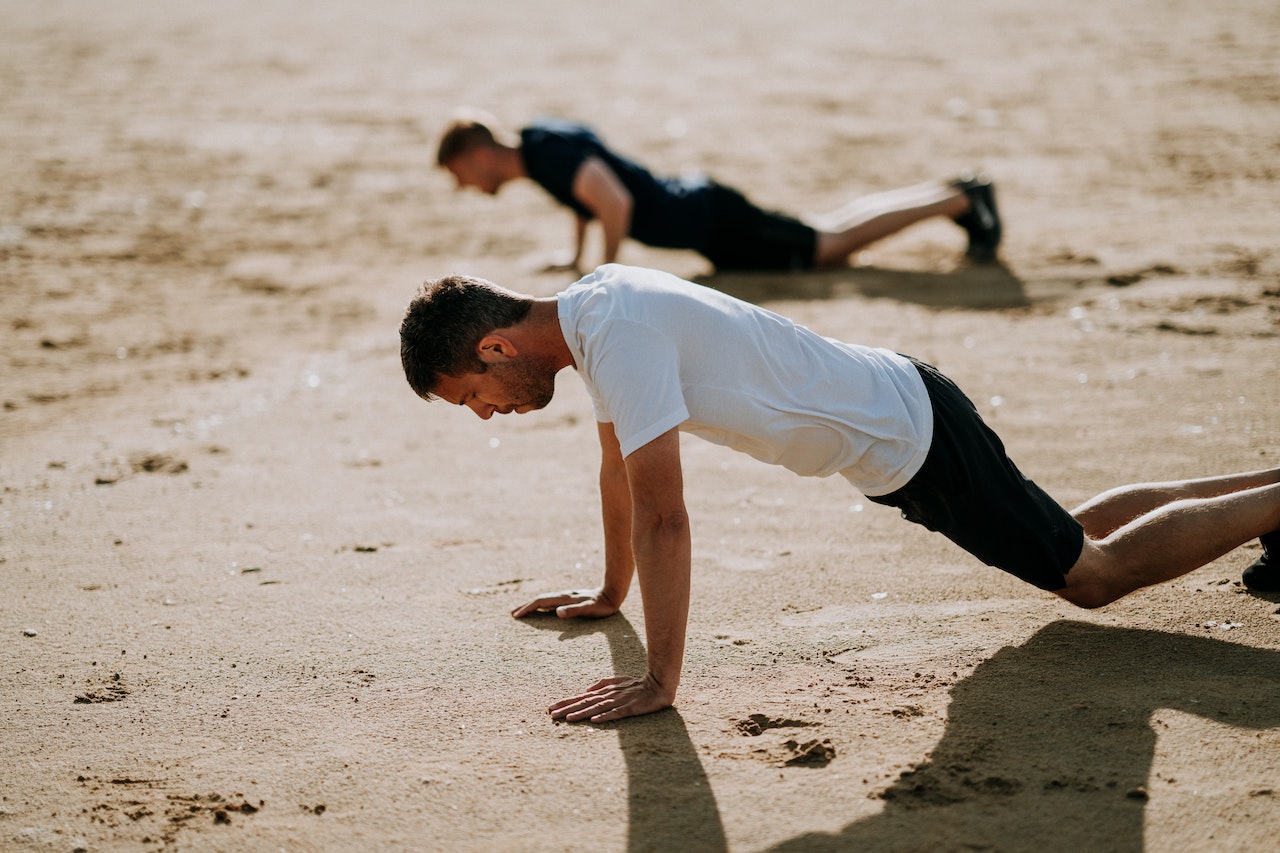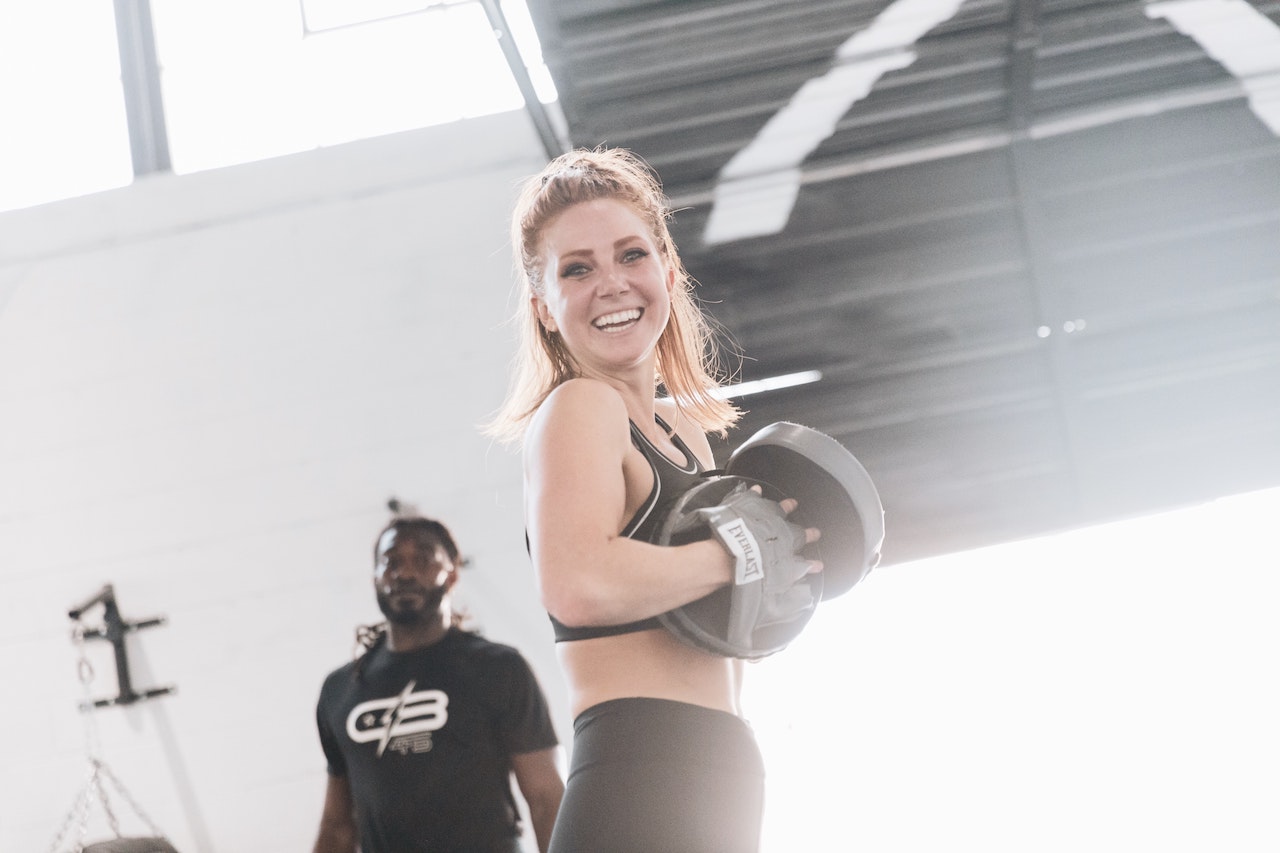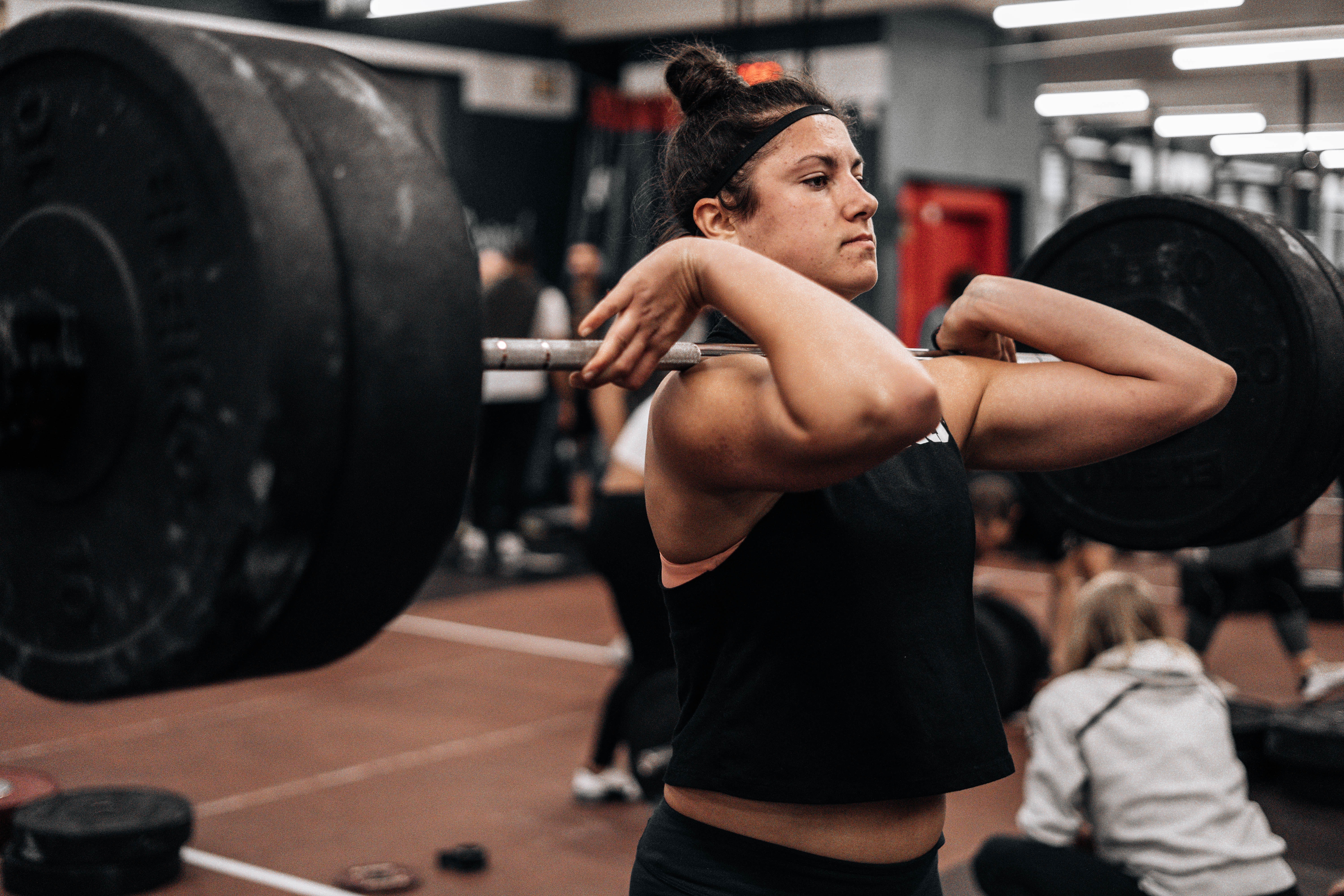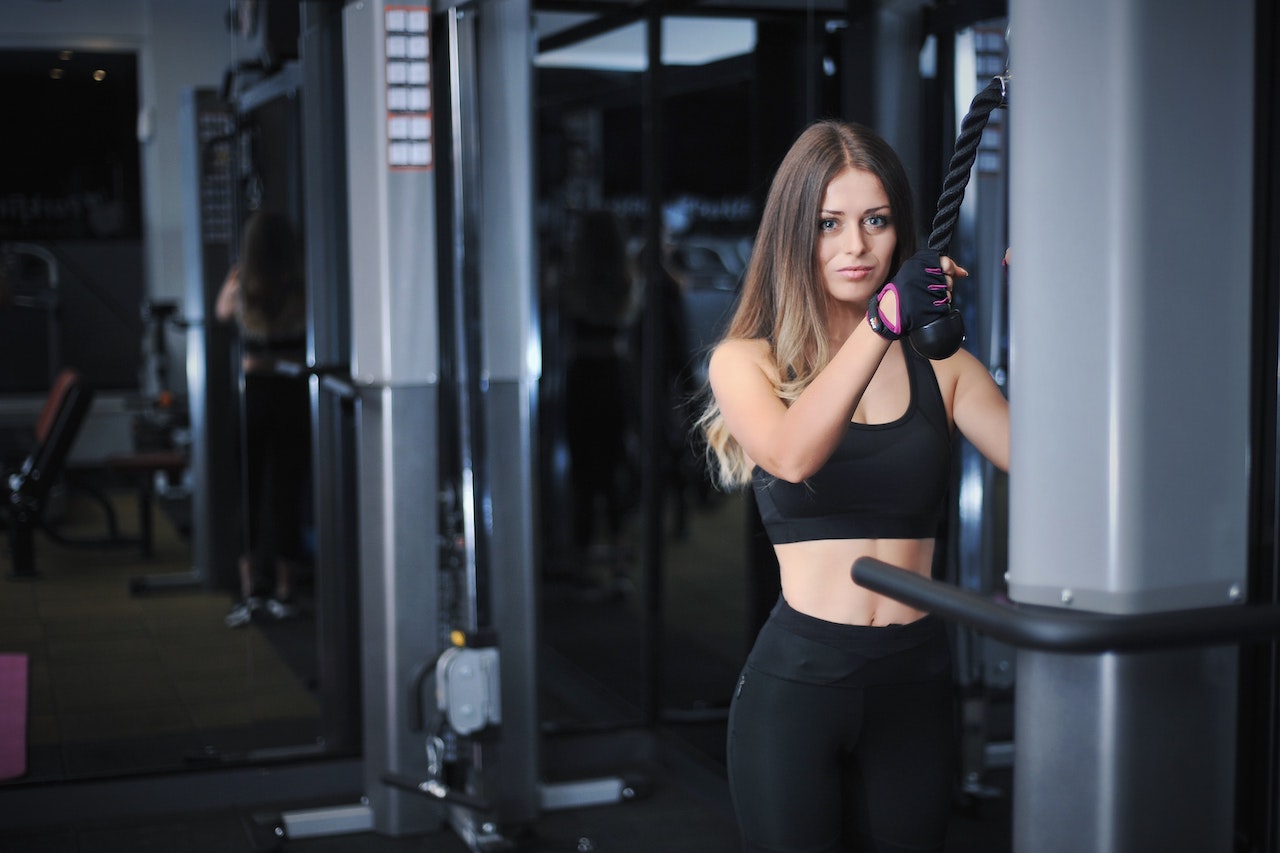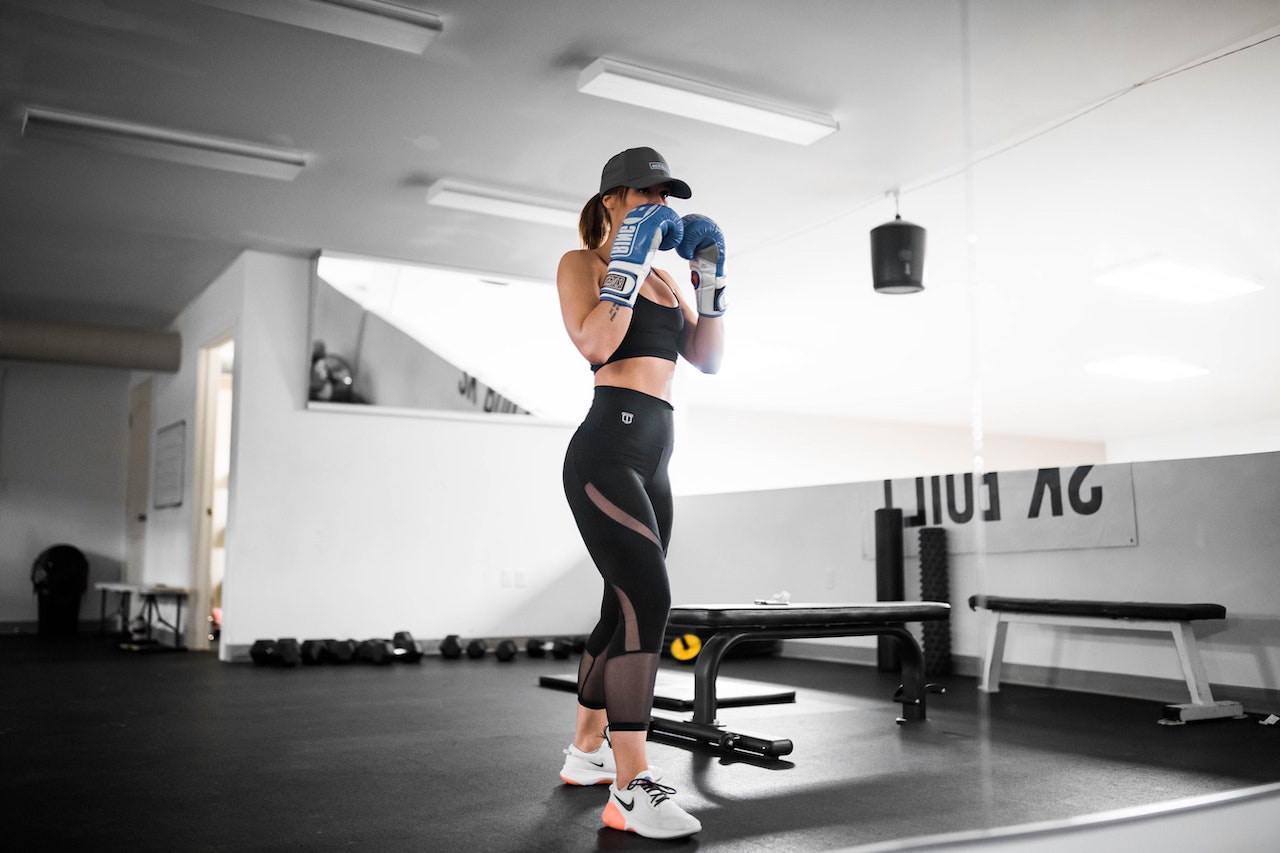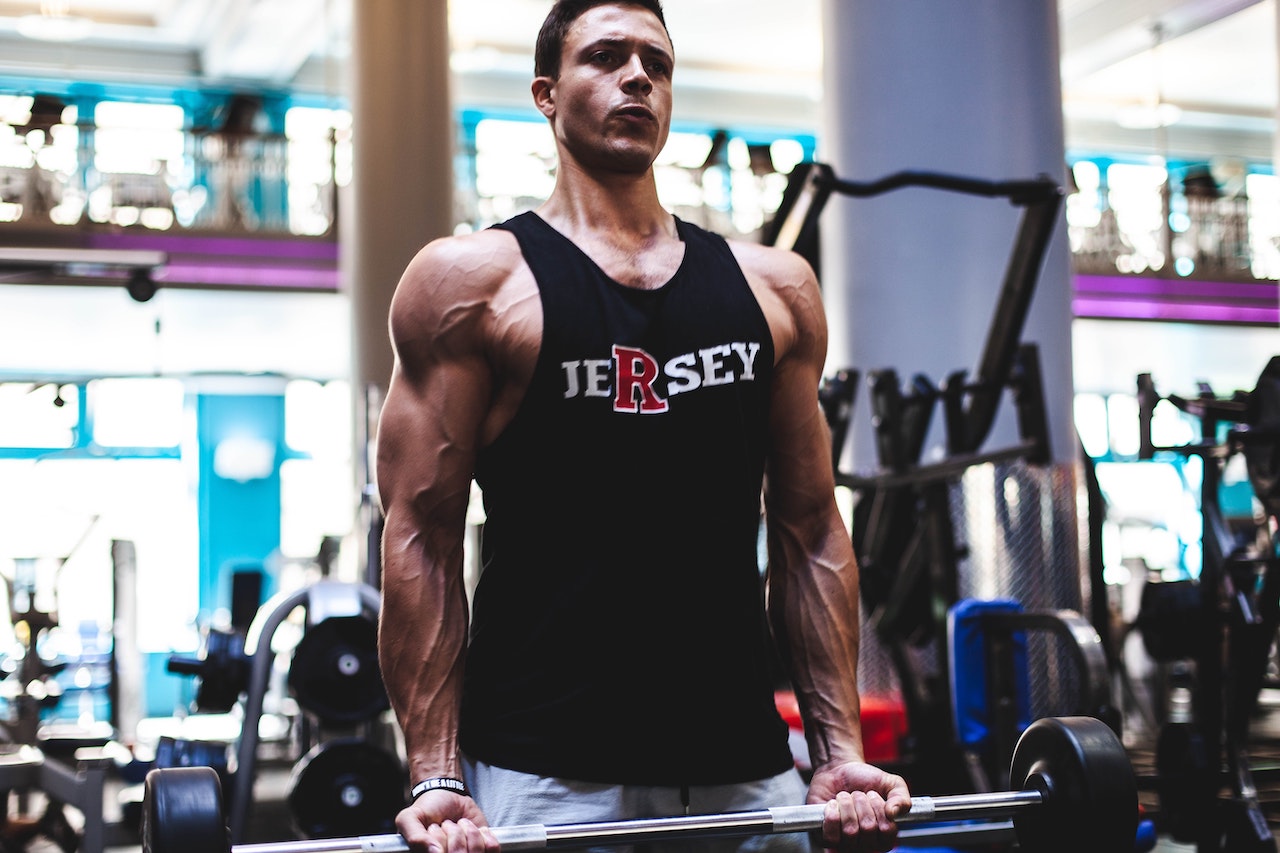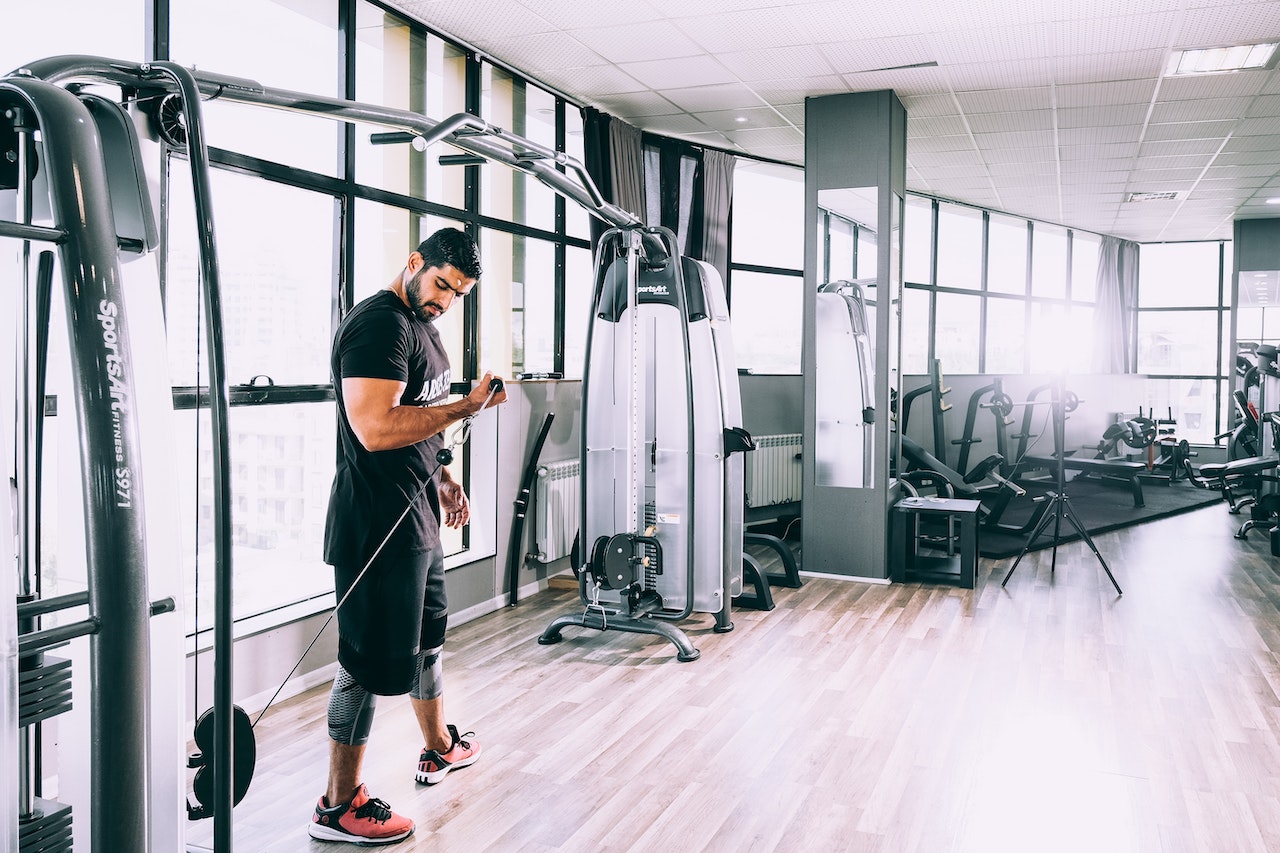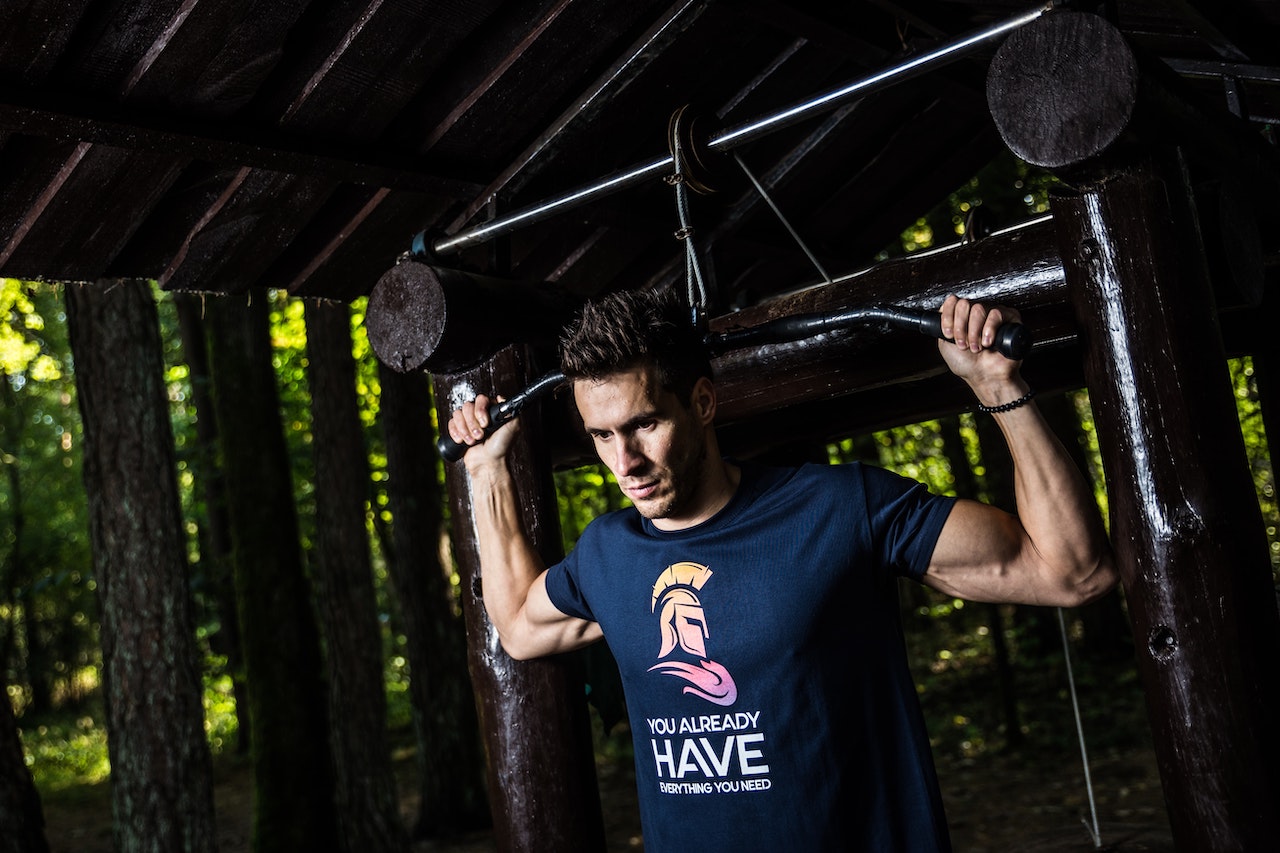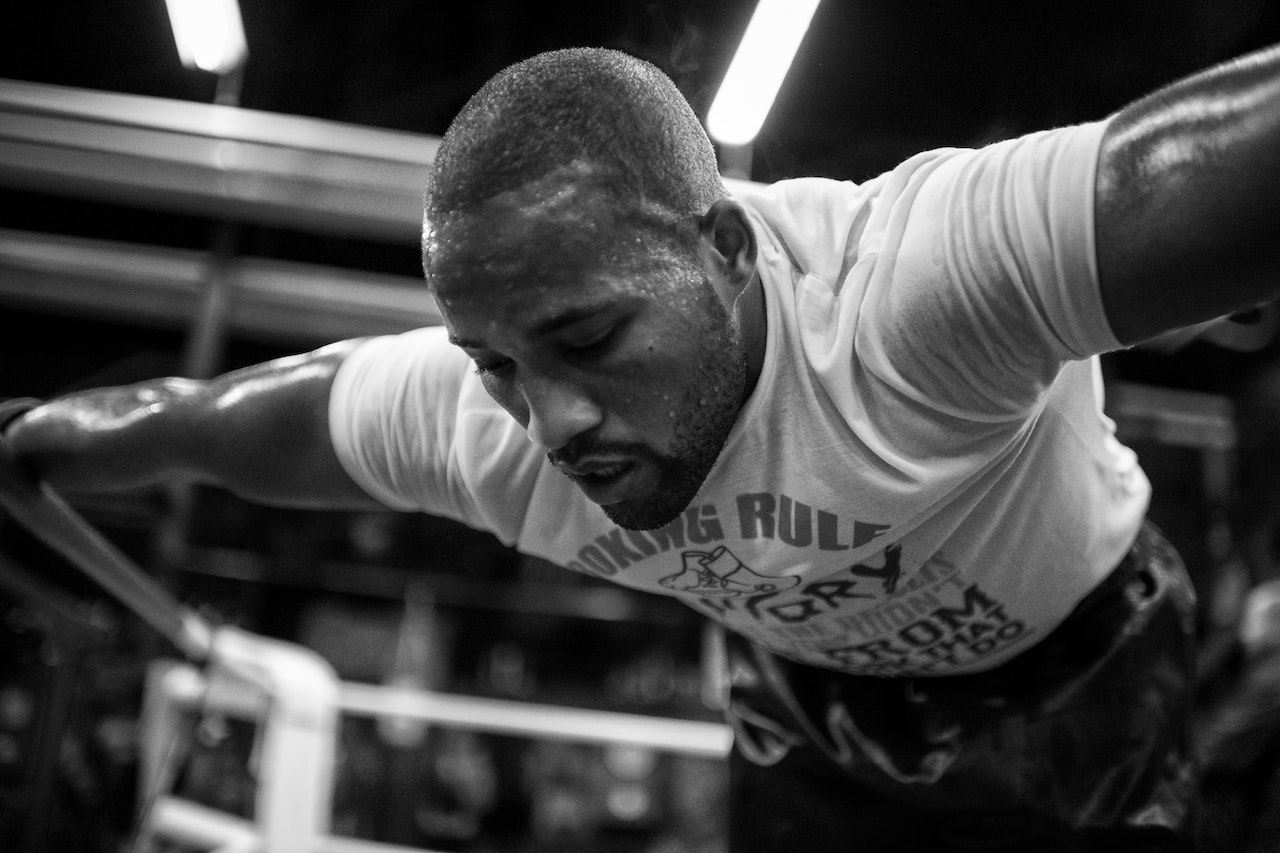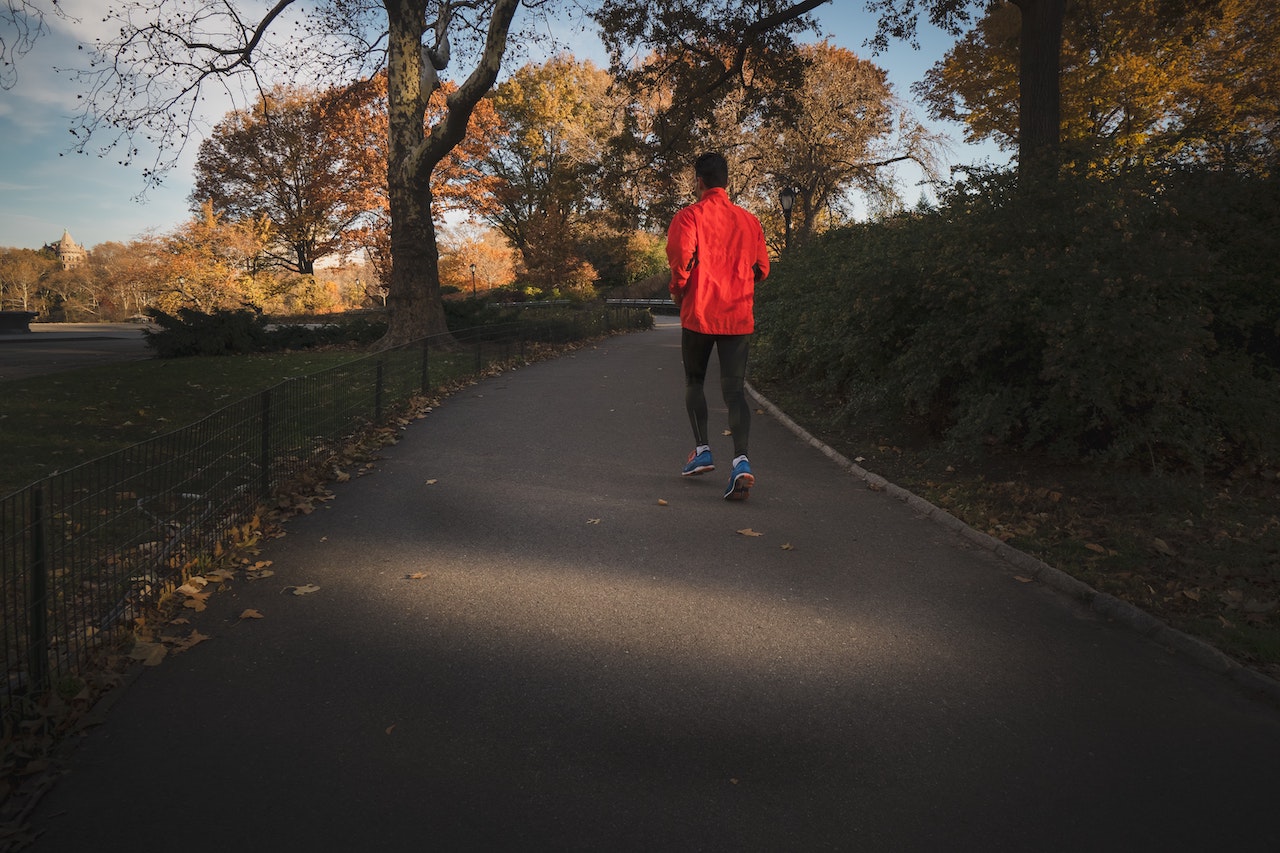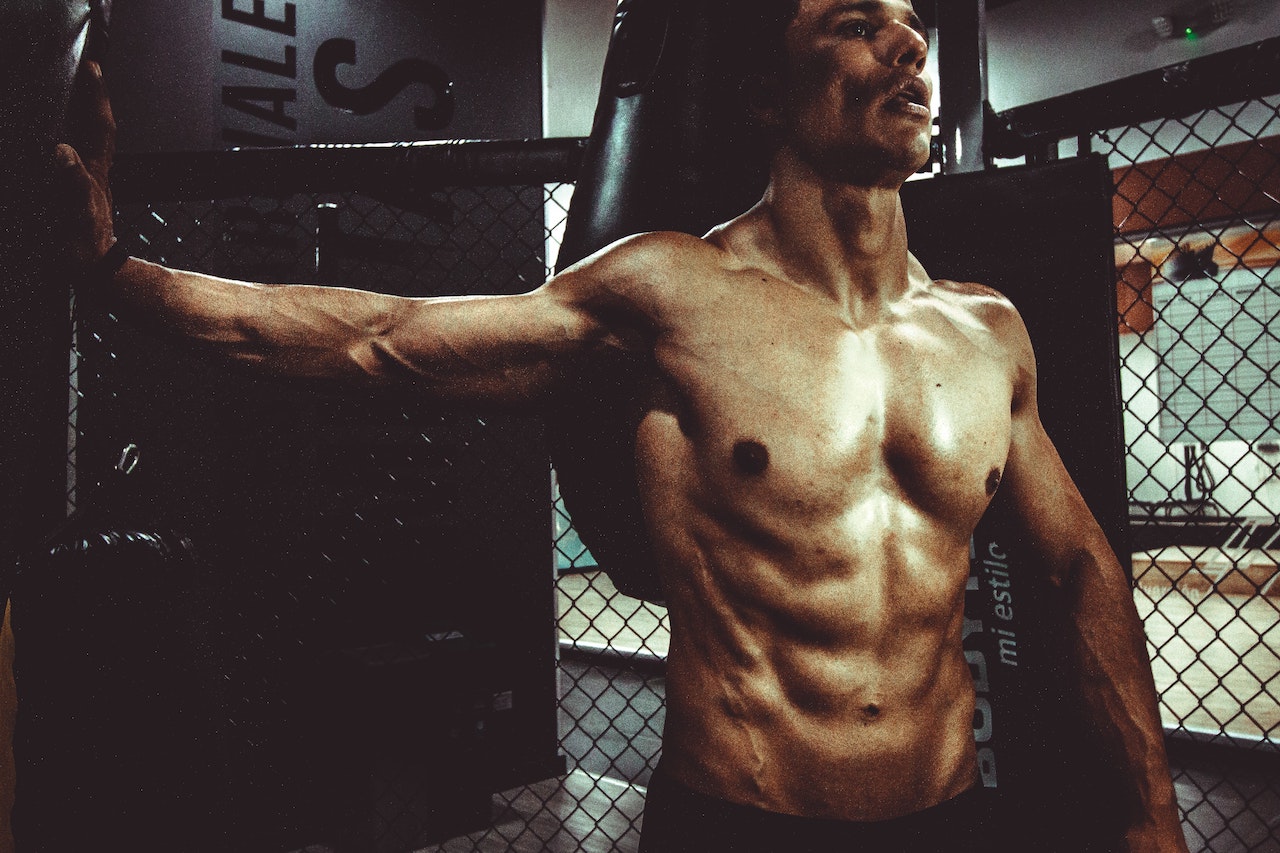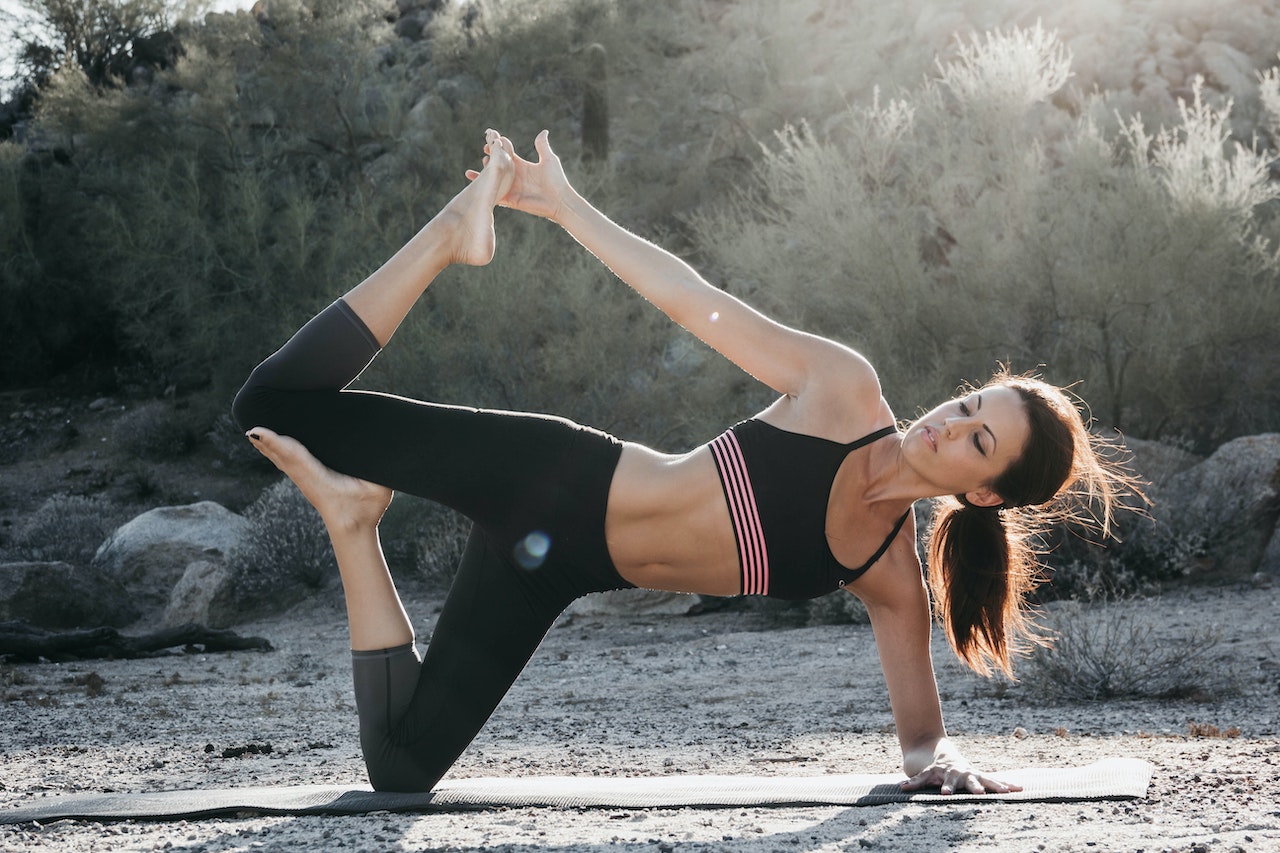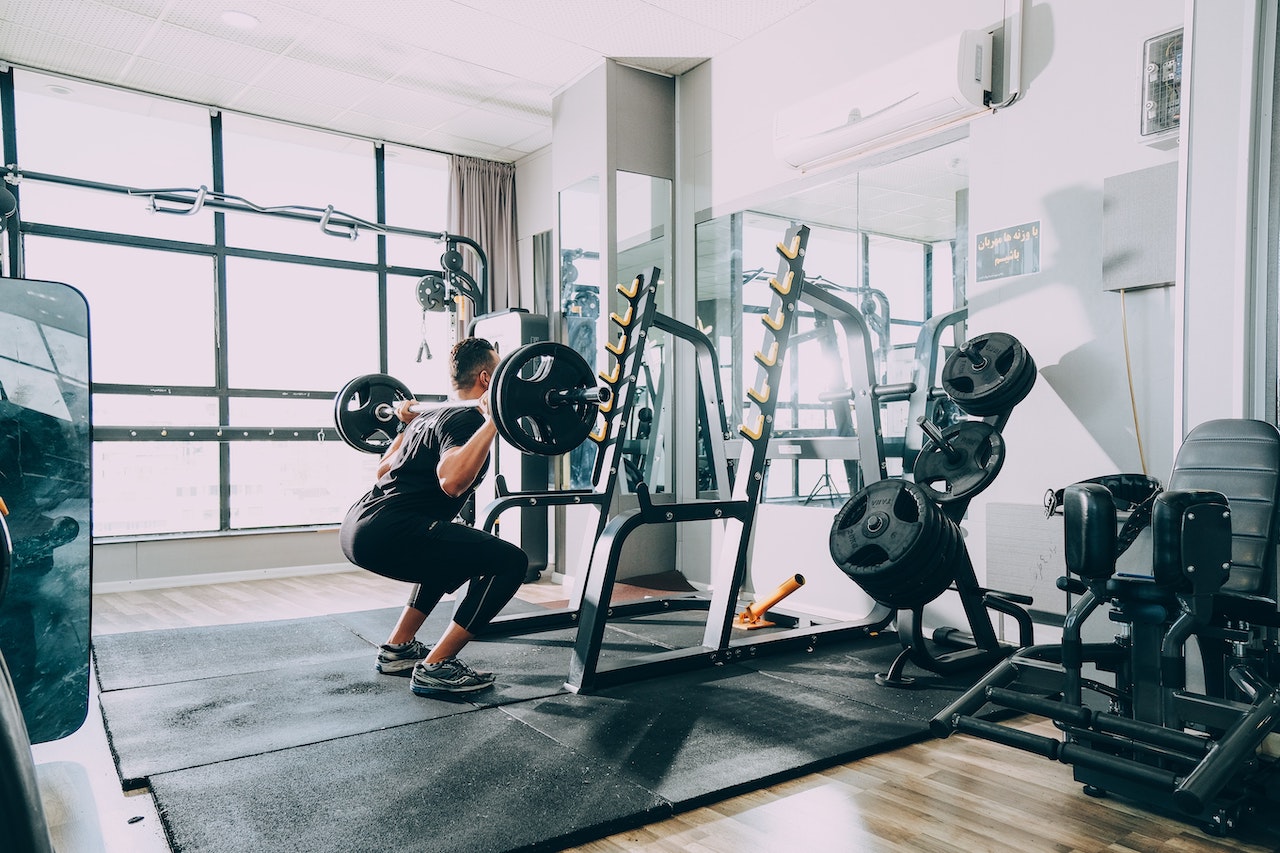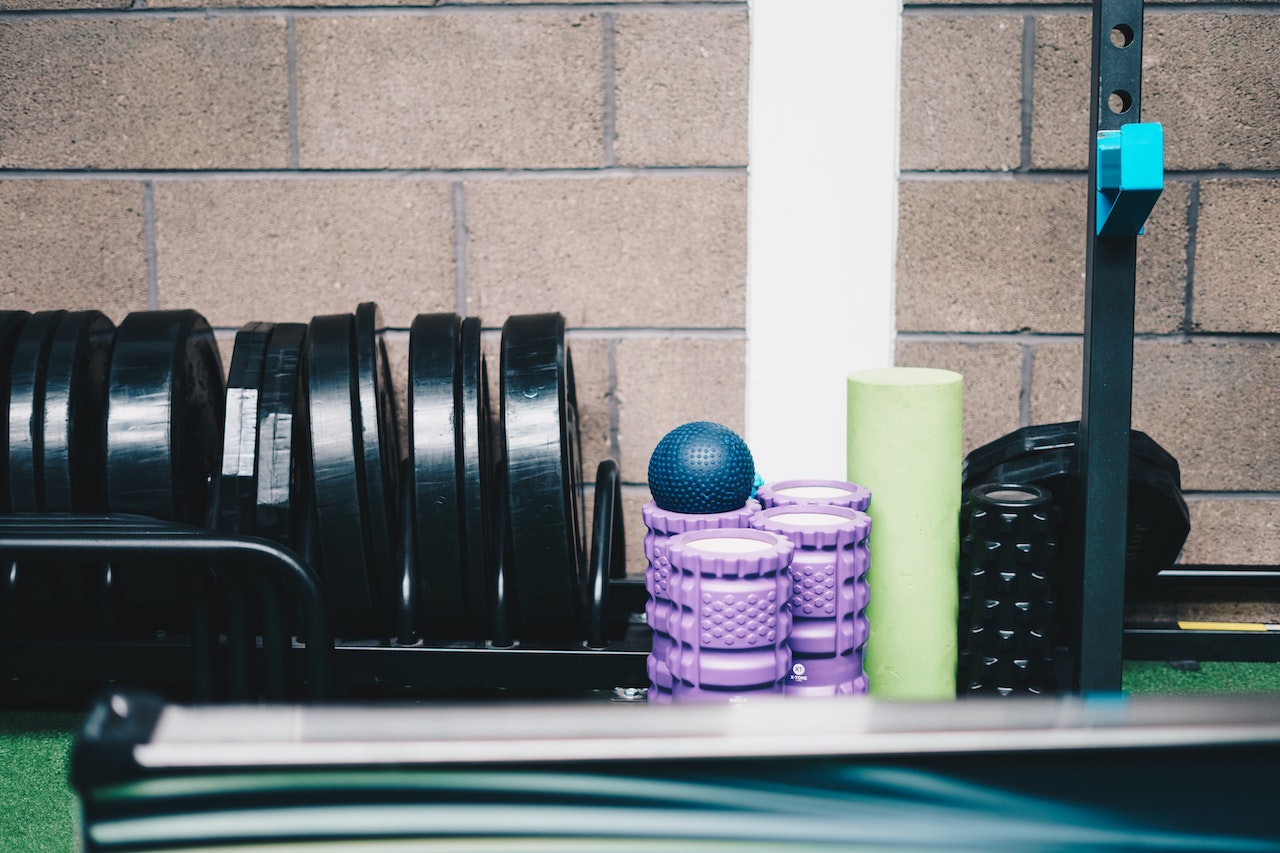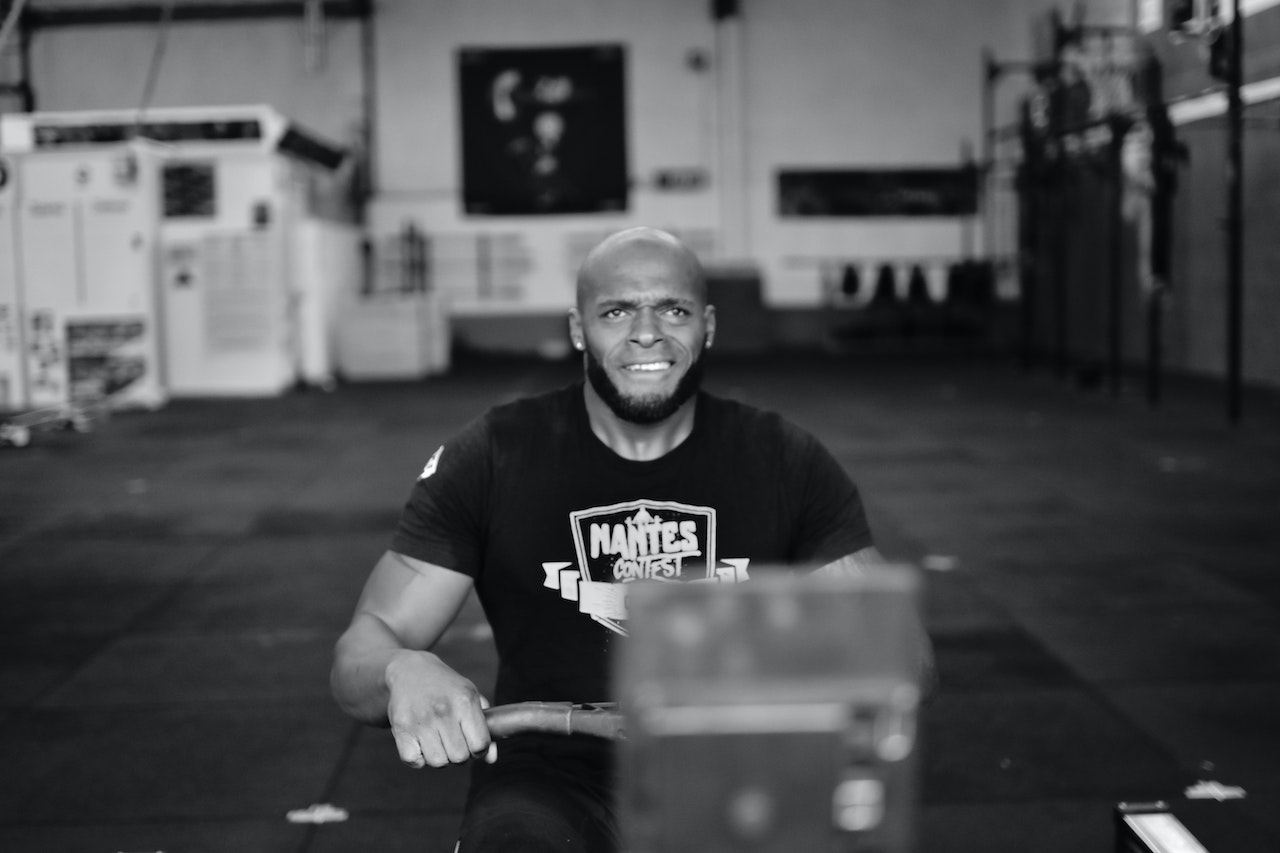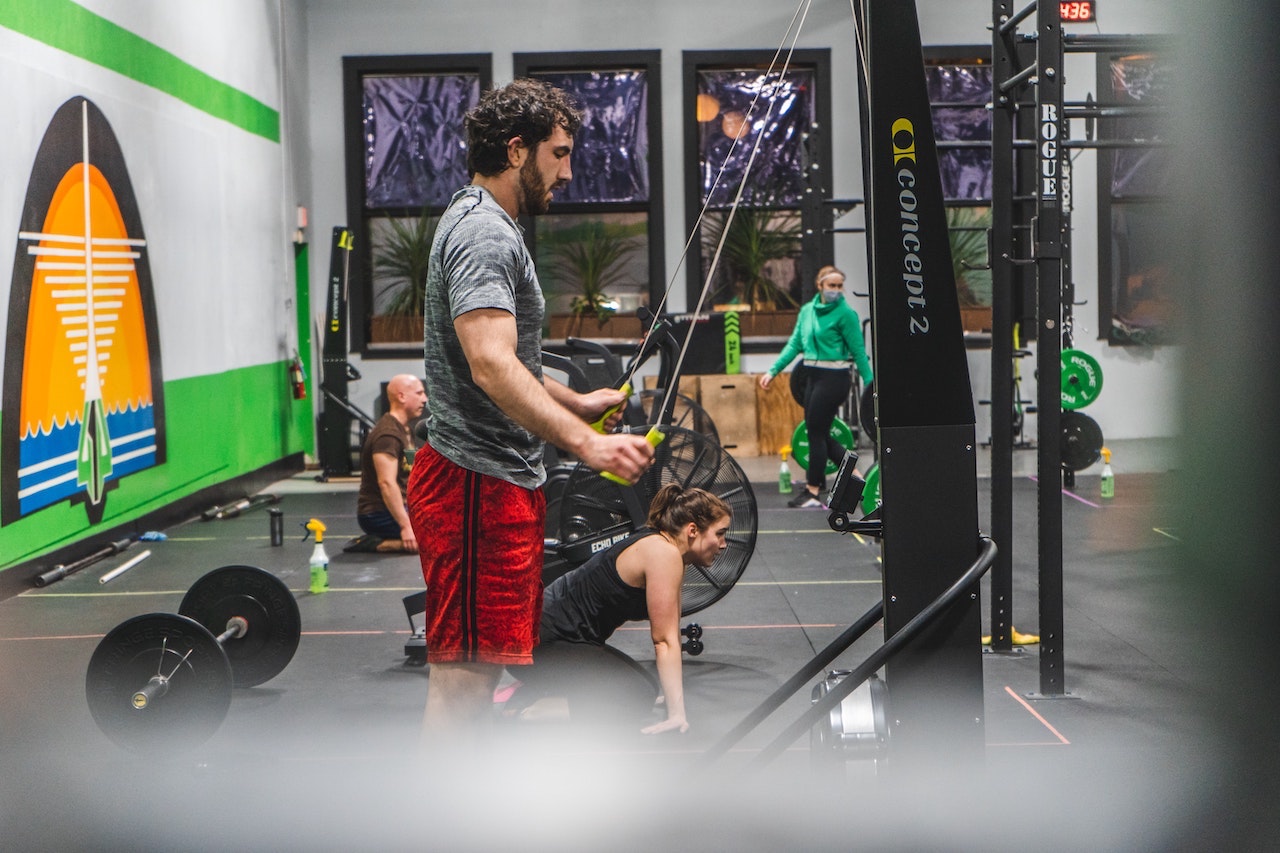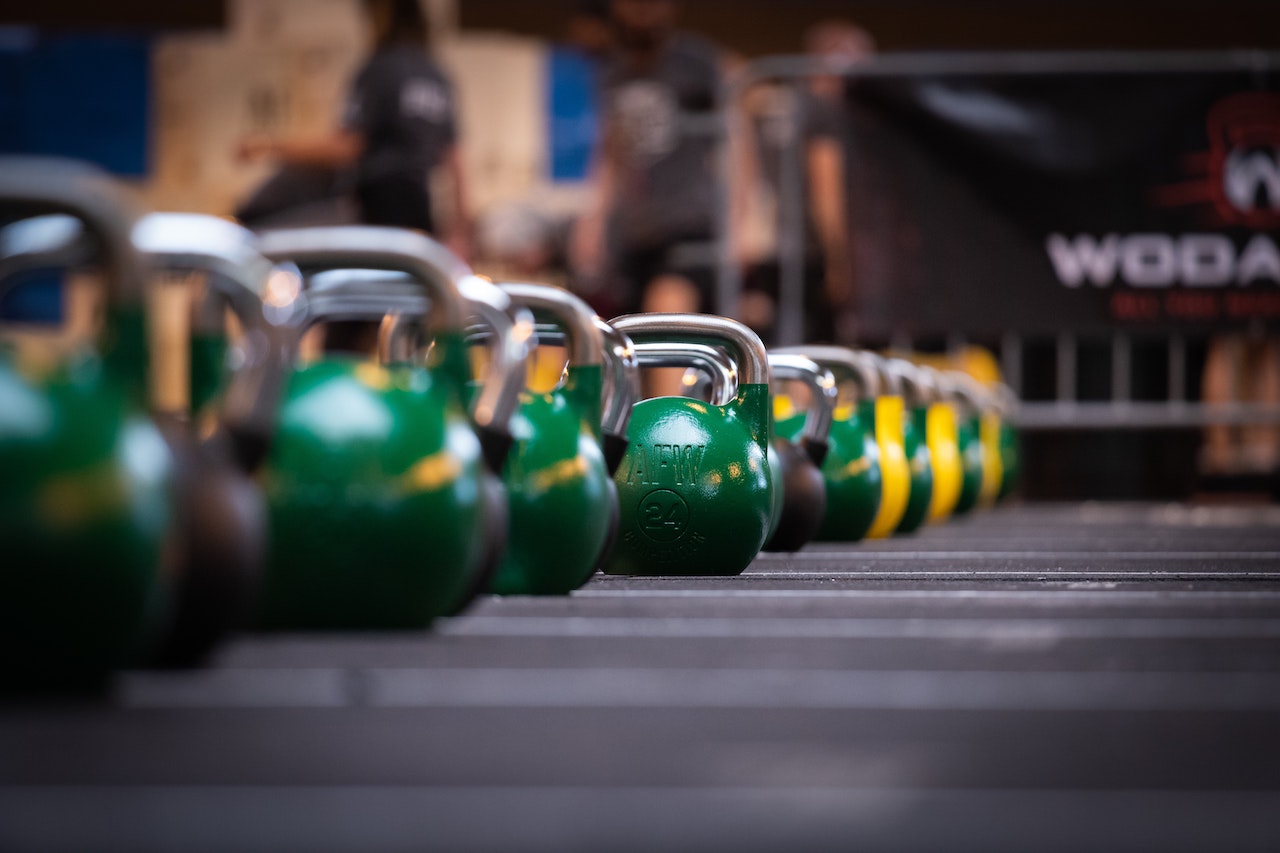Bodybuilders, powerlifters and regular exercisers often use hard pulls in their training routines. But whether you perform a half hard pull or a full hard pull depends on your training experience and ability, as well as your training goals: Whether you want to work the entire body or the musculature of your upper body. Either way, if done correctly and consistently, will help to help you build a bigger, thicker, more muscular back.
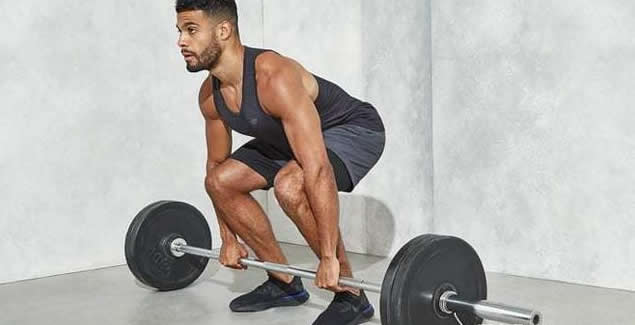
What's the difference between them?
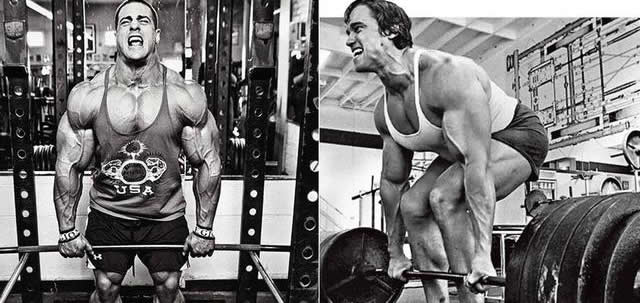
The half hard pull, sometimes called the rack hard pull, allows the bodybuilder to choose the range of motion based on the height of the starting position. The barbell is placed on a training rack or deep squat rack and the height is adjusted using a cassette. In a full hard pull, pulling from the floor requires a full range of motion, much like a weightlifting start movement, to pull from the floor. Because there is no recourse to inertia in the full hard pull, it is often considered a true test of strength.
The use of muscles
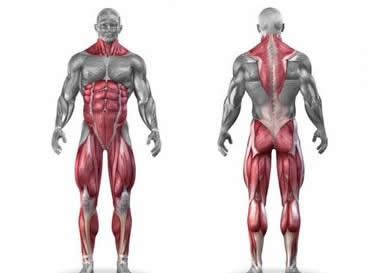
In a full hard pull, the pressure is spread throughout the body. The first half of the exercise is driven by your thighs, gluteus maximus and glutes, with the lower half being supplemented by the muscles of the upper body. The half hard pull isolates the musculature of the back as it works the upper body: The erector spinae or lower back, as well as the latissimus dorsi (the widest muscle in the back), and the trapezius (which supports your arms and helps move your shoulder blades).
Training progression
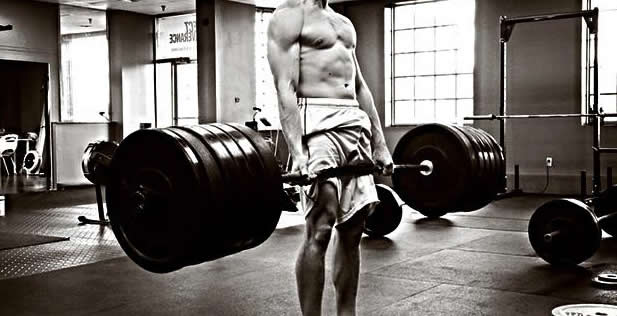
If you are new to hard pulling we recommend starting with half hard pulling and increasing the weight of the hard pull. Set the stand height so that you can start lifting from above the knee. Pull the bar to a standing position and lower the bar slowly to the stand; avoid making the weight bounce onto the stand to get a loan.
For the first week, do three sets of force with the same weight, same movement and repetitions. In the second week pull up from below the knee and in the third week pull up from mid shin height. Rest in the fourth week and restart the cycle afterwards, the weight can be increased by 2.5-5 kg.
Types of hard pulls
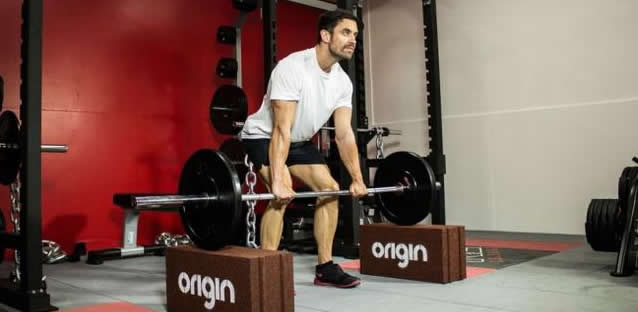
We recommend that those who have never done hard pulls before do half a circuit before doing a full hard pull. The locked height box hard pull is similar to the half hard pull in that the barbell is placed on a knee height box as you start, which allows you to pull more weight. Other forms of hard pulls include regular, or narrow stance hard pulls, etc., with a sumo style, or wide stance hard pull.
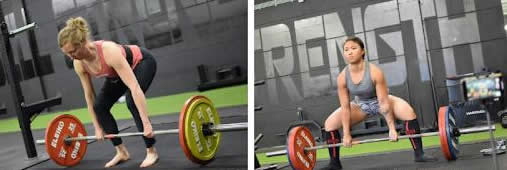
Partial movement training is defined as training through less than full range of motion. We talk below about how to use the different half hard pulls to improve your pulling power and some of the mistakes you should avoid.
3 different types of hard half-pull
You can perform hard pulls from a stand, a box or a mat.
Stent hard pull
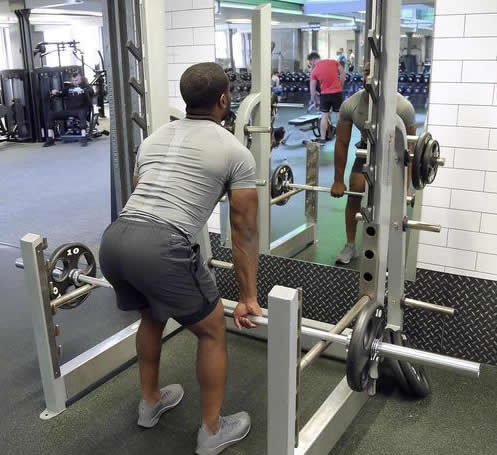
To pull up from a stand, you need to use a deep squat rack. The stand height should be set at the height you want to start pulling, with the bar sitting on the stand. Then complete the hard pull as usual.
When you pull up from the stand, there is a good chance that you will have a bend in the bar at some point. So, don't use your best barbell for this movement.
Box hard pull

To pull up from the wooden base you need to get some wood and set up the height to be pulled. Unlike the stand, start with the barbell resting on the wooden block (rather than the bar resting on the stand).
Pulling up from the wooden base feels more like pulling up from the floor than from the stand. This is because the bar bends in the same way when it is pulled up from the floor.
Pulling hard on the pad
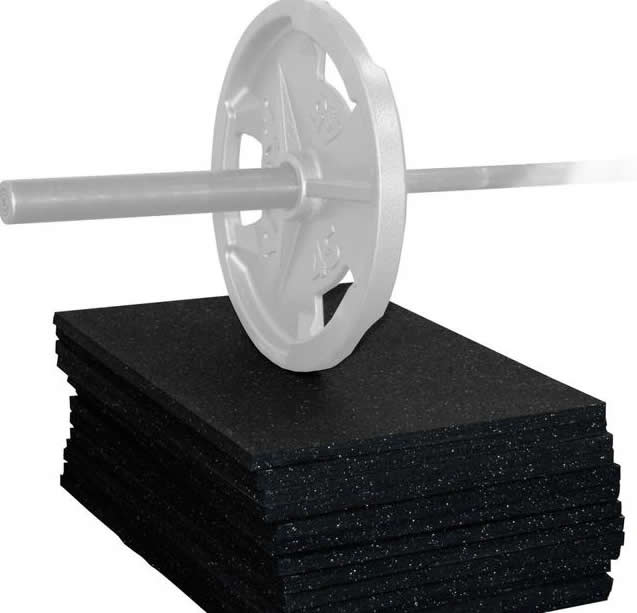
This is the same as pulling up from a wooden base, but you use a rubber mat instead of a wooden box. One advantage of completing a hard pull from a pad is that if you buy a bunch of thick pads, it is easy to pull up from different heights (by how many pads you use).
The downside to using a mat is that when the weight gets heavy, the mat compresses. So your range of motion will increase slightly when your weight is increased.
Some other issues to consider
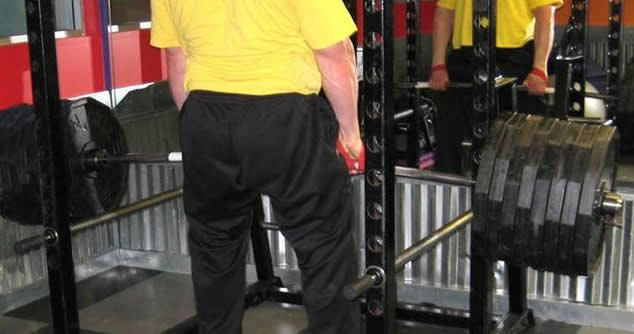
If your biggest goal is to improve your ability to pull hard on the floor, then pulling halfway from above the knee position is a waste of time. The problem with pulling from above the knee is that it will put you over your maximum training weight (floor hard pull), which will negatively affect your central nervous system and recovery.
Don't just add weight and then pull hard, choose weights that you can control as much as possible.
Whether you are pulling from a stand, a wooden box or a mat, pulling from a different height at or below the knee is a better option.
So here's what we recommend: The first is to go for a standard hard pull (on the floor or traditional). The second half is a box hard pull and starts from below the knee.
We have found that this height has several advantages for us:
It allowed me to train my hard pulls (without too much stress on my lower back).
It gets us used to doing big weight reps.
It's not just a small range of hard pulls, it also gives us enough stimulation.
You have to decide what your goal is and find the right part of the movement to help you pull harder better.
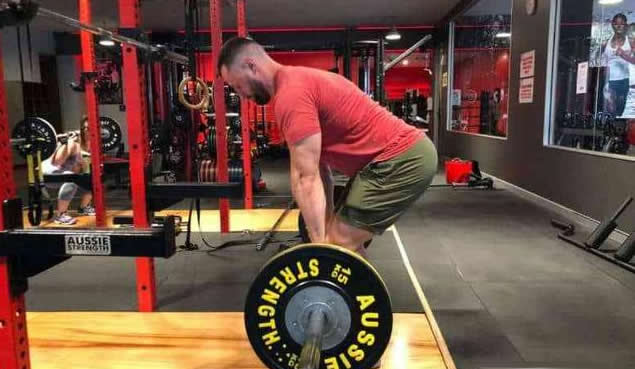
Another important consideration is: "Where are your weaknesses?"
For example, if you are physically weak when you are off the ground, there is no point in training consistently through partial movements.
How to choose
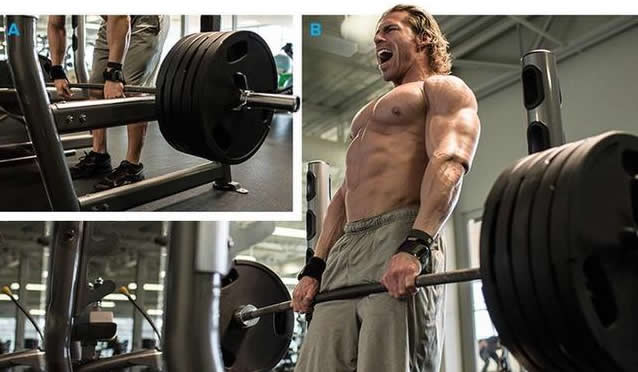
If you are a powerlifter, or this is your goal, which requires you to improve your overall strength performance, then a half hard pull is not the choice you should make, and the ultimate standard full hard pull is the right choice
But if you are looking to develop a strong posterior lateral chain through a hard pulling movement pattern in order to jump higher, sprint faster and improve your athletic performance. Then the half hard pull will have some benefits for the athlete. Because it is easier to learn and secondly, it is probably safer.
Half hard pulls allow athletes to relax their shoulders and tighten their abs, and it is much easier to pull from knee height than from the floor.
Particularly for those aiming to improve in football, rugby or mixed martial arts, the standard full hard pull may not be worth it. However, rather than ditching the hard pulling training pattern, the problem can be solved by using a half-range variation instead.

